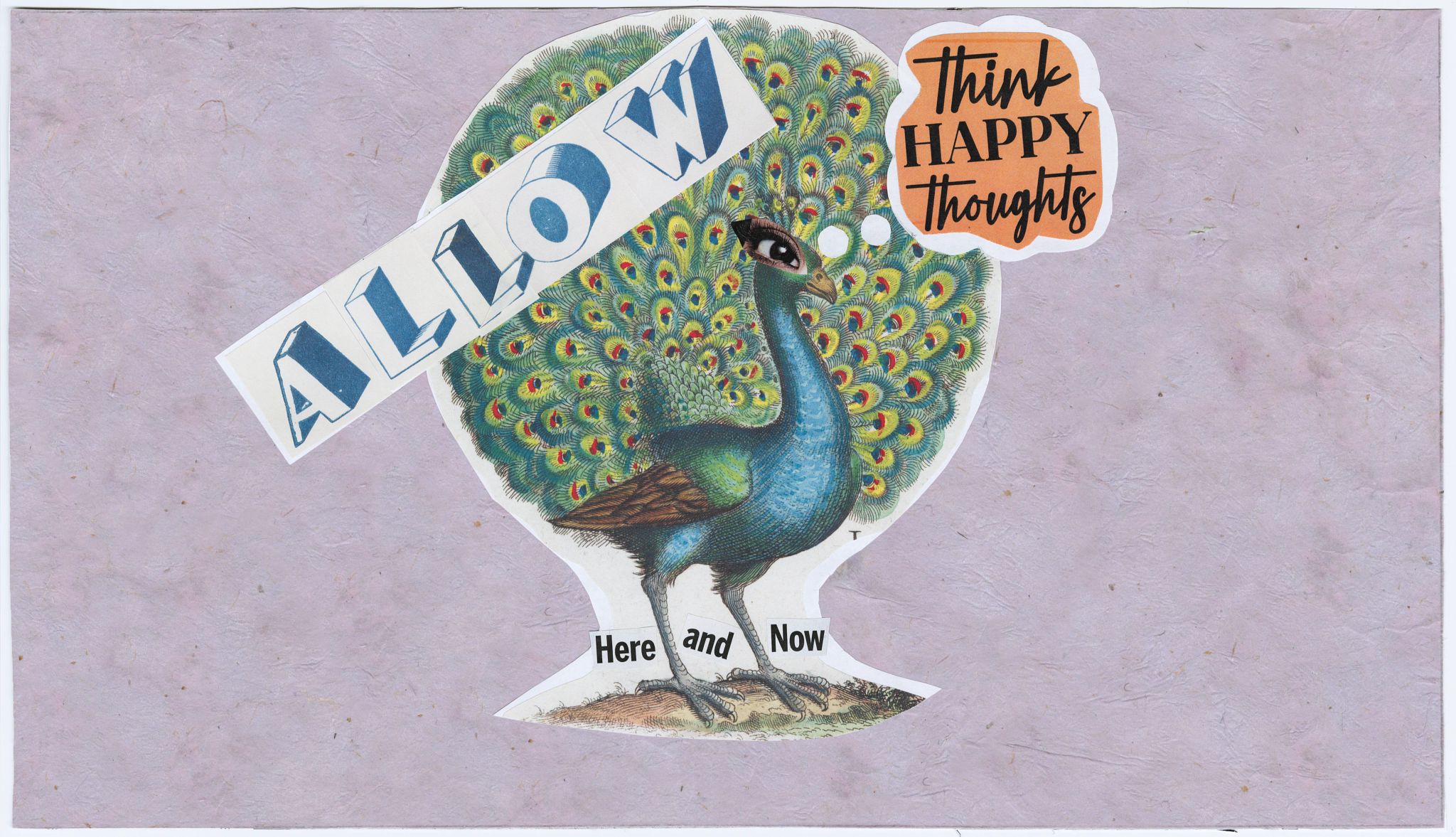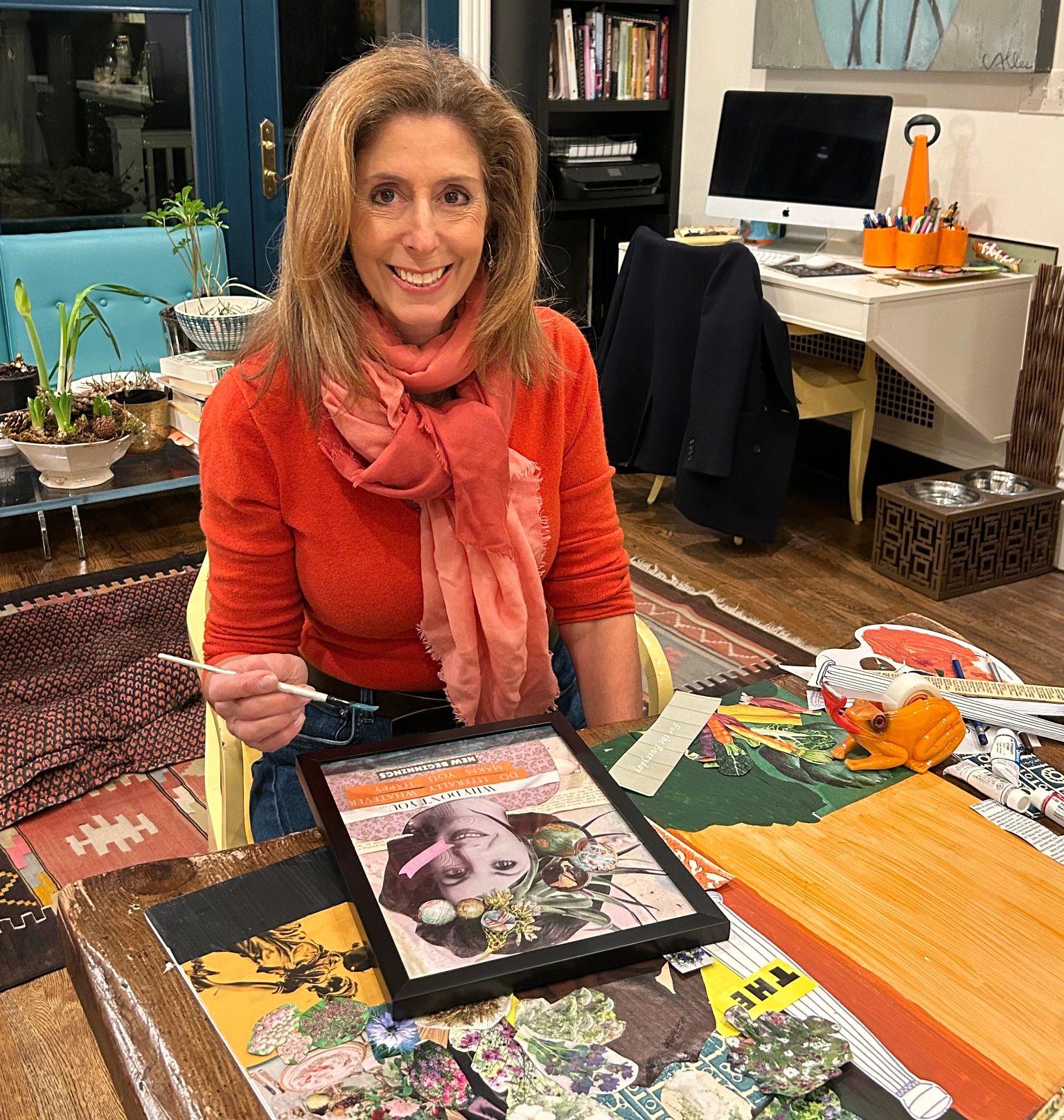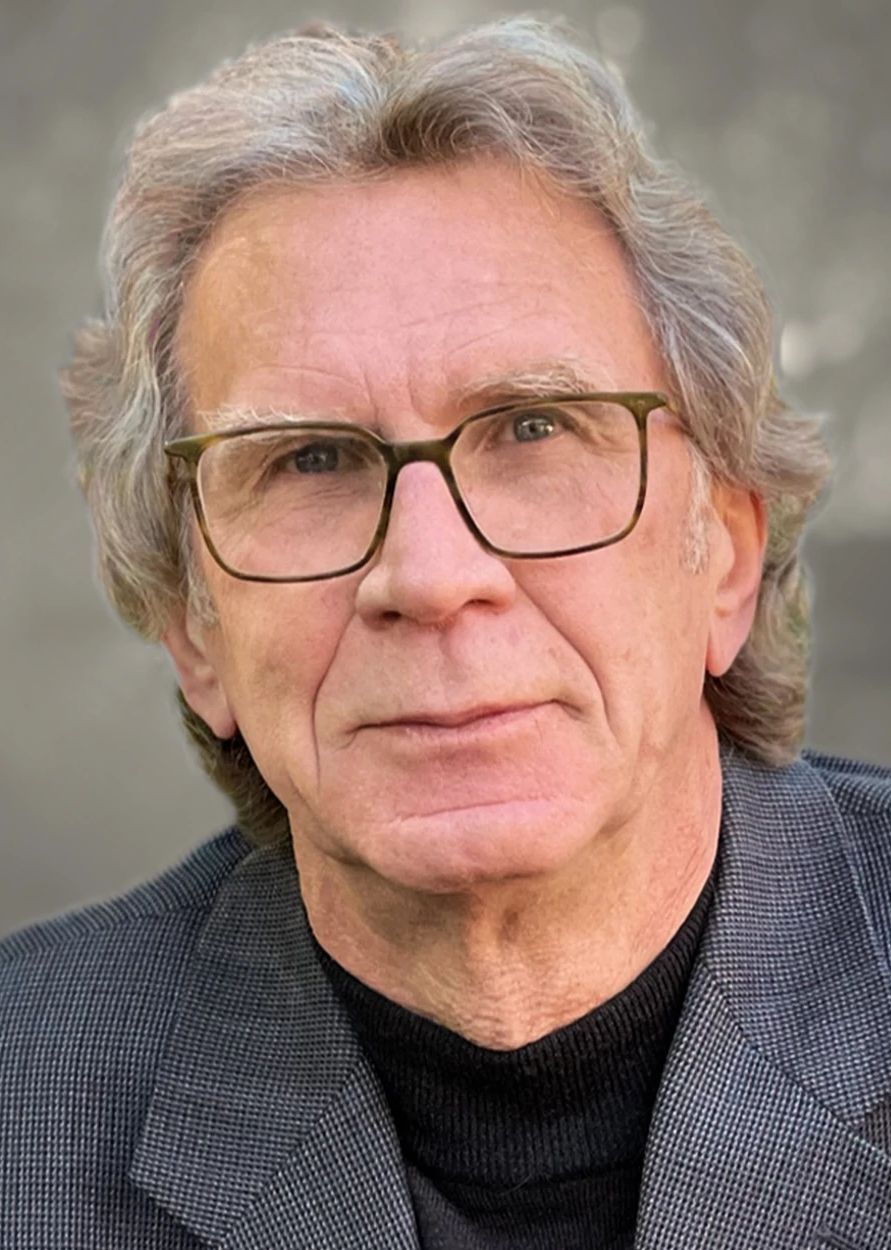AARP Hearing Center


This is the third installment in a series. Read Bellows’ first column, which covers her introduction to manifestation, here. Read her second column, which reveals how she dealt with her first manifestation challenge, here. Read her fourth column, which chronicles her meeting with self-help guru Deepak Chopra, here. Read her fifth column, which covers her meeting with a spiritual medium, here.
“Happy birthday!” chirped my friend Susan as she handed me a beautifully wrapped book. I tore off the paper and read the first line: “The universe doesn’t give a f--- about you.”
I blinked, startled. What kind of birthday message was this? The book was Mind Magic: The Neuroscience of Manifestation and How It Changes Everything by neuroscientist James R. Doty, M.D., an adjunct professor at Stanford University and director of the Center for Compassion and Altruism Research and Education.
Intrigued, I kept reading: “This is good news. The universe doesn’t give a f--- about you, not because you are unworthy or out of alignment with the cosmos, or cursed for generations. No, the universe doesn’t give a f--- about you because it has no f---s to give.”
Considering my recent breakup, it certainly felt like the universe was fresh out of f---s. But in the months following my three sessions with writer and mentor Suzanne Eder, my life had undergone a profound transformation. I felt noticeably happier — singing to my pets spontaneously, bopping to the car radio like a teenager. Unhappy people don’t unconsciously do things like that. My weight, a lifelong struggle, stabilized at a low number without my usual obsessive discipline.
My kids were thriving in college, and instead of grieving my empty nest, I felt overwhelming gratitude for their independence. Opportunities I’d long desired — like joining a book club with new people — fell effortlessly into place. My professional life was booming. After being invited to teach a Master Class on “The Transformational Power of Fun” at NYU, I received another invitation to guest-lecture a graduate-level communications course at Johns Hopkins.
And yet, the more joyful my life became, the more I felt a quiet dissatisfaction in my relationship. My boyfriend and I had discussed marriage, but his entrepreneurial lifestyle as the CEO of a start-up felt chaotic and mismatched with my newfound sense of inner peace.
Finally, I told him.
His response stunned me. He wasn’t angry or defensive — just quiet. “I understand,” he said, as if this wasn’t the first time he’d thought about it. The breakup was heartbreakingly civil, so undramatic it felt surreal. And yet, in the days and weeks that followed, I felt an undeniable lightness, as though I’d freed myself from a weight I hadn’t realized I was carrying.
Weeks later, over lunch, he admitted feeling some relief, too. His honesty hit me like a slap, and I found myself crying in the middle of an Irish pub.
I thought we were going to grow old together. Had I made the right choice?
I checked in with Eder to see if relationship “blow-ups” were common collateral damage during spiritual growth.
Her response was both reassuring and empowering:




































































You Might Also Like
25 Great Ways to Boost Energy
You have the power to energize your days. Here’s a long list of ideas
How One Man Beat Despair, One Lawn at a Time
He lost his job, but providing free yard work for others in need gave him back a sense of purpose
How My Cancer Diagnosis Transformed My Finances
I saved for a long retirement. Then I heard from my doctor